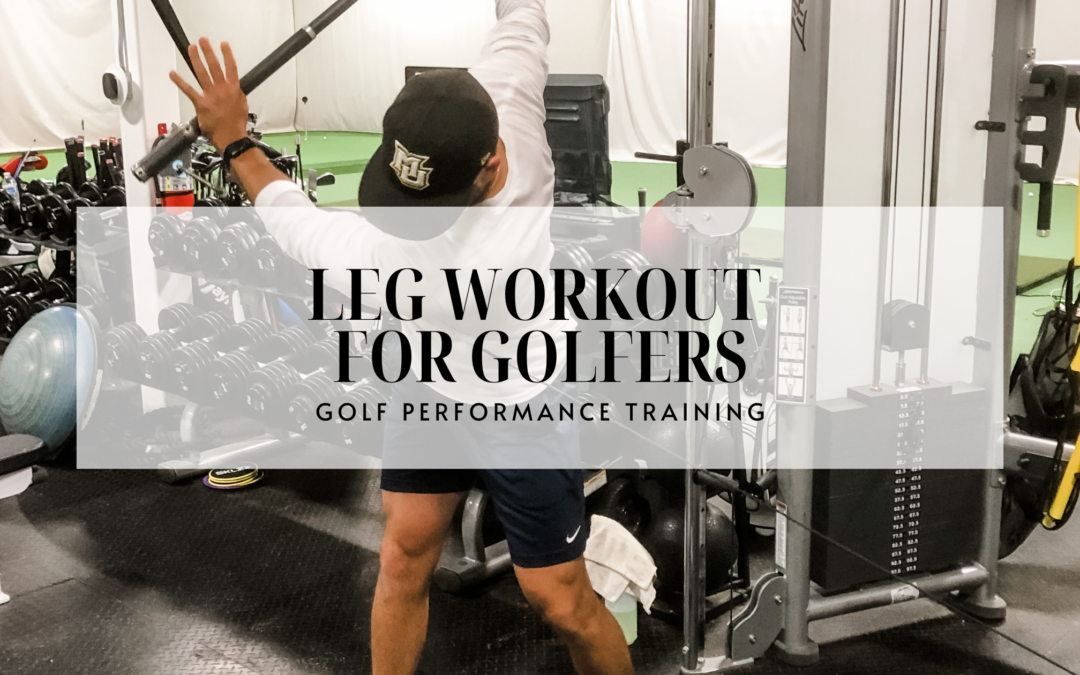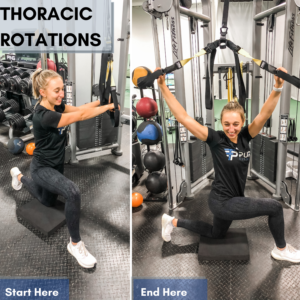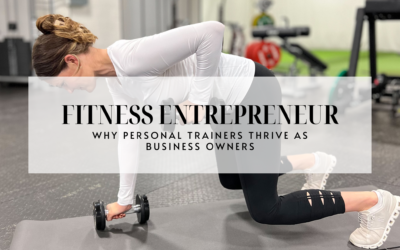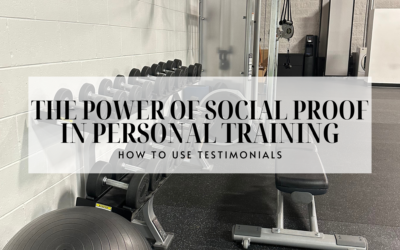WHY TRAIN YOUR LEGS FOR GOLF PERFORMANCE
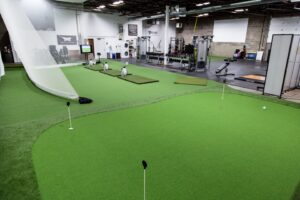
If the percentage analogy above didn’t hit home with you, then let me elaborate. First, we have to be on the same page to understand that your legs are the power source behind the golf swing. NOT your arms. Second, if your legs provide power then the stronger they are the more power they can produce. Third, the more power your legs can produce the farther you can hit the ball.
Ok, so we train our legs in order to increase distance and swing speed. But we also train our legs to improve our overall comfort during and after golf. If you aren’t producing power from your legs you are likely trying to do it from somewhere else. Our body’s ability to compensate is amazing, but it can also lead to pain and discomfort. Ensuring proper muscle loading and firing patterns will help improve common golf issues like back pain, stiffness and even shoulder pain.
And one other “secret”, most golfers you see are not training their legs. They don’t like to. I see the fastest results, near immediate, in my clients from following the approach outlined below.
FLEXIBILITY, STABILITY + POWER
When we put together a periodized program for our golfers we are looking at it from three perspectives – flexibility, stability and power. These are the pillars of our training philosophy. All three work synergistically to get the most out of your performance. A limitation in any one of them is a limitation in all of them.
For example, tight hamstrings will limit your ability to get into your back swing and can also cause low back pain. Including hamstring flexibility training to either increase or maintain range of motion is a building block to a properly designed program.
A lack of stability at your hips will decrease the power accessed from your legs. Regardless of how strong your legs are. This is because stability at a joint is essential to transferring power. If you want to get the power from your legs up through your body, to the club and onto the ball you need stability at several joints. And that includes the hips.
We covered the basics – flexibility, stability and power – in our Pure Forged Method Series. Take a look at this article, Golf Fitness Training, for a broad overview of the topic and links to specific exercises and programs.
HOW TO TRAIN YOUR LEGS FOR GOLF PERFORMANCE
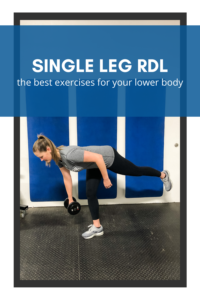
A great place to start would be with our Pure Forged Method that I mentioned above. But if you want to do your own thing I have to say it again follow the three pillars – flexibility, stability and then power. Click each of those words to find out some great tips on exercises and application to get you started.
Now, we can’t talk about training your legs for golf performance with out touching on disassociation. In order to effectively use the power from your legs you have to be able to disassociate, or move separately, your upper and lower body. Stand up. Here is a way you can experience disassociation. Can you twist your hips without moving your shoulders? Can you twist your shoulders without moving your hips?
The better (read: range of motion) you can disassociate your upper and lower body, with stability at your hips, the more potential you have for increasing your distance and swing speed.
A well designed golf performance program should optimize the kinematic sequence of the golf swing. Disassociation is a necessary component to the kinematic sequence. Reach out to us if you want to schedule an assessment, train in person or get a personalized written program to follow on your own.
FAVORITE EXERCISES FOR DISASSOCIATION
- Kneeling Cable Pull to Push
- Split Stance Straight Arm Core Rotator (BOSU optional)
- Hanging Side Tucks
FAVORITE LEG EXERCISES FOR GOLF PERFORMANCE
I could give you a list of exercises and say these are exactly what you need to be doing, but that wouldn’t be the best I can offer. Everyone can benefit from flexibility, stability + strength training. It will help their golf performance and their life as a whole. However, the more individualized and specific the program (exercises selected) is the more success a person will have.
And in order to properly select exercises you need to understand the three different muscle contractions – concentric, isometric and eccentric. Now you are probably most familiar with concentric because that is how everyone trains. This is the muscle shortening phase, or when a muscle contracts. Think the curl up in a bicep curl. Isometric you are likely aware of as well from a traditional plank. After the initial contraction (shortening) of the muscle to hold the plank position your muscles are working isometrically. Now eccentric is the muscle lengthening phase and is often forgotten in program design, but it is one of the key components to maximizing performance.
A well designed program will contain a balance of exercises using all muscle contractions. It will work in all planes of movement (sagittal, frontal and transverse) to help increase stability. It will follow the three pillars flexibility/range of motion, stability/balance and strength/power (seriously go read about them if you haven’t). When these components are executed together, consistently and over the long term, you will be able to access the full potential of your body.
Take a look at a few of the exercises we like to use with our golfers for eccentric, concentric and isometric muscle contractions. As with all strength training you should start simple and progress to more compound and complex movements (including other limbs or movements) as your stability and ROM allows.
Follow us on Instagram to get more information!
Eccentric Leg Exercises
Keep in mind that in order to really maximize this phase of the muscle contraction you want to work slow and controlled on a 5 count during the muscle lengthening phase.
- Leg Press Single Leg
- Goblet Squat
- Single Leg Reverse Hyper
Concentric Leg Exercises
You should always be exercising with control and focus. Make sure you are aware of your form and muscle activation to ensure proper muscle loading and firing patterns.
- Single Leg RDL (BOSU optional, both DB + cable)
- Back Squat
- Swiss Ball Split Lunge
Isometric Leg Exercises
A true isometric exercise has no movement at the intended muscle. The contraction is simply being held – no additional lengthening and shortening allowed.
- MB Wall Sit
- Split Squat Hold
- BOSU Squat Hold
3 Reasons a Personal Trainer Thrives as Fitness Entrepreneur
As the heartbeat of the fitness world, personal trainers hold a unique power - the power to transform lives, ignite passion, and inspire lasting change. Now, imagine channeling that incredible force into something even more extraordinary - your own fitness business....
Fit Finds: The Ultimate 2023 Fitness Gift Guide
Welcome to the world of fitness and wellness gifting! As we gear up for 2023, it's time to start setting goals and looking for resources to help us succeed. Whether you're a fitness fanatic or seeking the perfect gift for one, our Ultimate 2023 Fitness Gift Guide is...
The Power of Social Proof In Personal Training
In the world of personal training, where trust and credibility play pivotal roles, the concept of social proof functions as an authentic way to connect with your audience. Social proof, the influence created when individuals see others engaging in a particular...


